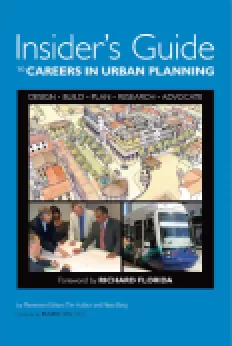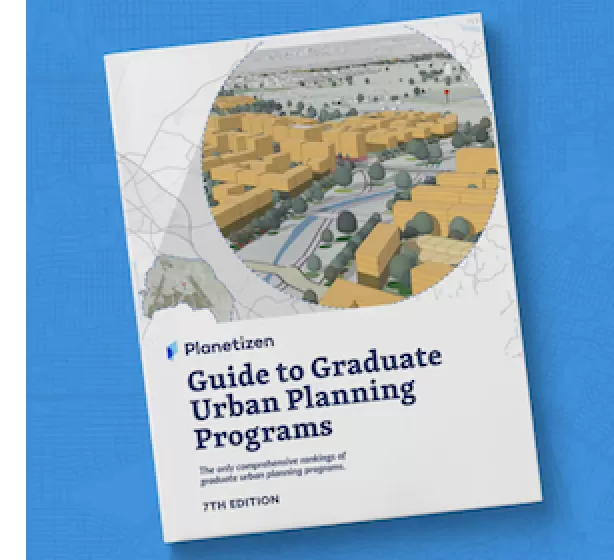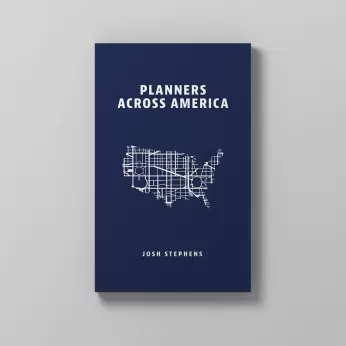A massive climate adaptation planning effort is underway for the docks (and seawalls and landfill) of the San Francisco Bay.
The Port of San Francisco and the U.S. Army Corps of Engineers is undertaking a multi-year effort to study and plan for sea-level rise in San Francisco, where the city's bay shoreline is expected to rise as much as seven feet.
John King reports on the study for the San Francisco Chronicle, including details on the scope of the plan, which plans on a 100-year timeline for 7.5 miles of the shoreline, from Fisherman’s Wharf south to the Hunters Point shipyard. The study is a component of the Port of San Francisco's Waterfront Resilience Program.
"A tentative outline of any plan and its potential costs won’t emerge before next spring. But some ideas that are in the mix — including locks on Mission Creek, and letting industrial land near the southern waterfront revert to natural conditions — hint at how profoundly the city’s relationship to the bay could change in coming decades," according to King.
"To draw up a potential plan, seven different response scenarios must be sorted through by the Army Corps and a half dozen city agencies. The final product would seek to protect inland resources while maintaining or improving public access to the bay," adds King.
As noted in the article, the Port of San Francisco is already working to reinforce the city's shoreline from rising bay waters, with the Embarcadero Seawall Program—another component of the Waterfront Resilience Program.
FULL STORY: S.F.’s plan to protect the city from sea-level rise will ‘set the stage for our future shoreline’

Planetizen Federal Action Tracker
A weekly monitor of how Trump’s orders and actions are impacting planners and planning in America.

Chicago’s Ghost Rails
Just beneath the surface of the modern city lie the remnants of its expansive early 20th-century streetcar system.

Amtrak Cutting Jobs, Funding to High-Speed Rail
The agency plans to cut 10 percent of its workforce and has confirmed it will not fund new high-speed rail projects.

Ohio Forces Data Centers to Prepay for Power
Utilities are calling on states to hold data center operators responsible for new energy demands to prevent leaving consumers on the hook for their bills.

MARTA CEO Steps Down Amid Citizenship Concerns
MARTA’s board announced Thursday that its chief, who is from Canada, is resigning due to questions about his immigration status.

Silicon Valley ‘Bike Superhighway’ Awarded $14M State Grant
A Caltrans grant brings the 10-mile Central Bikeway project connecting Santa Clara and East San Jose closer to fruition.
Urban Design for Planners 1: Software Tools
This six-course series explores essential urban design concepts using open source software and equips planners with the tools they need to participate fully in the urban design process.
Planning for Universal Design
Learn the tools for implementing Universal Design in planning regulations.
Caltrans
City of Fort Worth
Mpact (founded as Rail~Volution)
City of Camden Redevelopment Agency
City of Astoria
City of Portland
City of Laramie





























